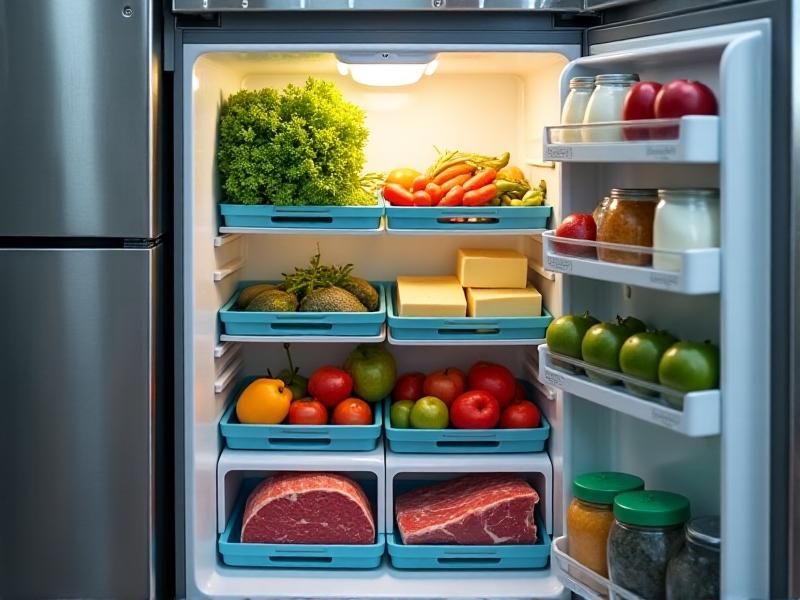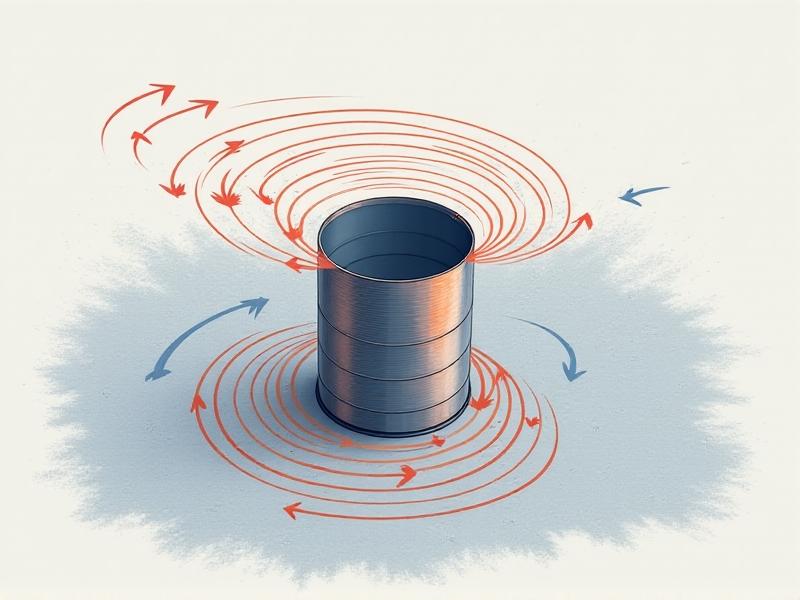Recovery Meal Timing After Hiking
The Importance of Post-Hike Nutrition for Recovery

After a grueling hike, your body isn’t just tired—it’s in a state of depletion. Muscles have been pushed, glycogen stores are drained, and electrolytes are imbalanced. Proper recovery meal timing isn’t just a nicety; it’s essential for repairing tissues, restoring energy, and reducing soreness. The first hour post-hike is particularly critical, as this is when your body is most efficient at absorbing nutrients to kickstart recovery.
Think of recovery nutrition as a three-part process: replenishing carbohydrates, repairing muscles with protein, and rehydrating. Carbohydrates restock glycogen, the primary fuel source for endurance activities like hiking. Protein provides amino acids to rebuild muscle fibers stressed during the hike. Meanwhile, fluids and electrolytes lost through sweat need replacement to avoid dehydration, which can delay recovery. Skipping any of these components could lead to prolonged fatigue or even injury.
The 45-Minute Recovery Window: Myth or Must?
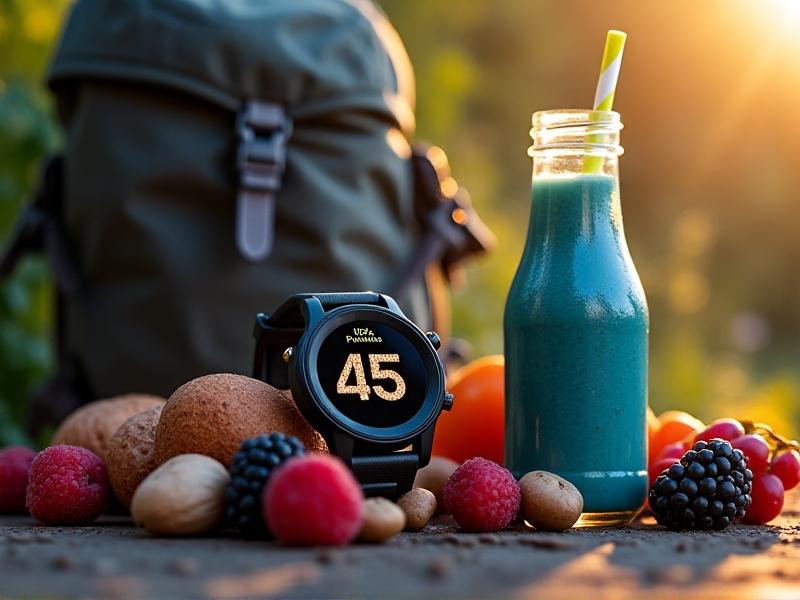
The “45-minute rule” is often cited in fitness circles, suggesting that consuming nutrients within this window maximizes recovery. While this isn’t a hard deadline, science supports the idea that earlier refueling yields better results. During this period, insulin sensitivity is higher, which helps shuttle glucose into muscles to rebuild glycogen. Similarly, muscle protein synthesis peaks, making it easier to utilize amino acids for repair.
However, flexibility matters. If you can’t eat a full meal immediately, prioritize a snack combining fast-acting carbs and protein—like a banana with almond butter or a recovery drink. The key is to avoid waiting hours to eat, as delayed replenishment prolongs recovery. Hikers tackling multi-day treks should pay extra attention to this window to maintain performance across days.
Balancing Macronutrients: What to Eat and When
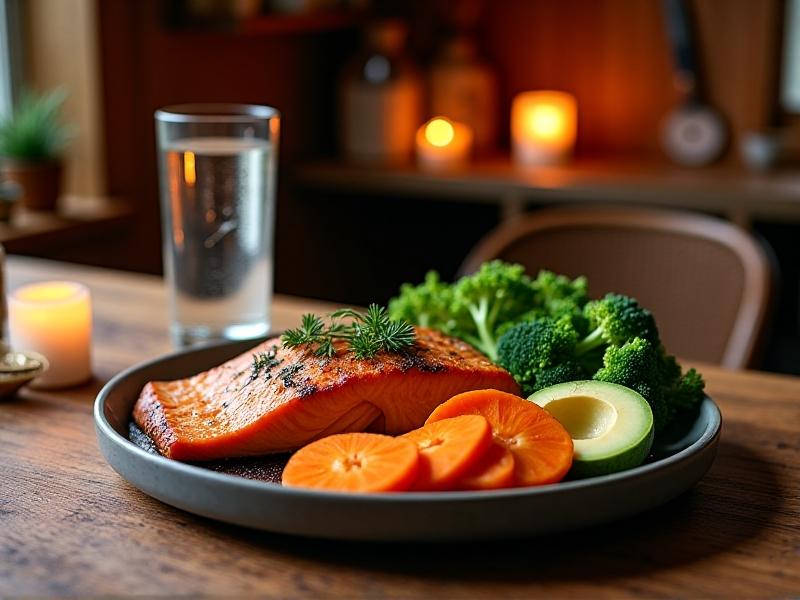
Post-hike meals should emphasize a 3:1 or 4:1 ratio of carbohydrates to protein, depending on hike intensity. For example, a 150-pound hiker might aim for 60–80 grams of carbs and 20–30 grams of protein within two hours of finishing. Carbohydrates like whole grains, fruits, or potatoes restore energy, while lean proteins like chicken, tofu, or legumes support muscle repair.
Don’t neglect healthy fats, though they’re better saved for later meals. Immediately after hiking, fats can slow digestion, hindering quick nutrient absorption. Instead, focus on simpler carbs and easily digestible proteins. As the day progresses, incorporate fats—think avocado in a lunch wrap or nuts in a trail mix—to sustain energy and reduce inflammation.
Hydration and Electrolytes: The Unsung Heroes of Recovery
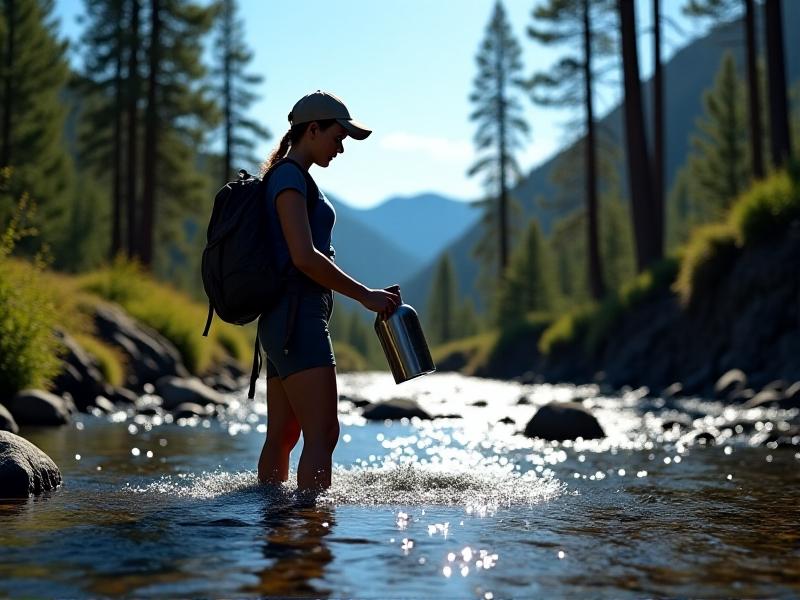
Hydration begins during the hike but doesn’t end there. Even mild dehydration can impair recovery by thickening blood and reducing nutrient delivery to muscles. Aim to drink 16–24 ounces of fluid for every pound lost during the hike (measured via pre- and post-hike weigh-ins). Water alone isn’t enough—sodium, potassium, and magnesium must also be replaced.
Electrolyte tablets or coconut water can help, but whole foods work too. A post-hike snack of salted nuts, a banana, and yogurt provides potassium and sodium. Avoid excessive caffeine or alcohol post-hike, as both dehydrate further. Herbal teas or infused water with citrus and mint offer flavorful alternatives without compromising recovery.
Sample Recovery Meal Plan for Hikers
Within 30 Minutes: A smoothie with whey protein, oats, spinach, and mango. Follow with a handful of pretzels for quick carbs and sodium. 1–2 Hours Post-Hike: Grilled chicken or tempeh with brown rice, roasted veggies, and a side of kimchi for gut-friendly probiotics. Evening Snack: Cottage cheese with pineapple or a small serving of dark chocolate (70%+ cocoa) for magnesium. Adjust portions based on hike duration and personal calorie needs.
This plan balances speed and satiety. Early snacks bridge the gap until a full meal is possible, while later meals focus on sustained energy and micronutrients. For multi-day hikes, repeat this pattern daily, adjusting protein and carb sources to avoid palate fatigue.
Common Mistakes to Avoid in Post-Hike Recovery
One major pitfall is relying solely on protein shakes while ignoring carbs. Without sufficient carbohydrates, protein gets converted into glucose for energy instead of repairing muscles. Another mistake is overloading on fiber immediately post-hike; while healthy, high-fiber foods can cause bloating when digestion is already stressed. Opt for low-fiber carbs like white rice or applesauce initially, then reintroduce fibrous foods later.
Timing matters, but so does quality. Processed snacks or sugary drinks might offer quick calories but lack the nutrients needed for holistic recovery. Lastly, don’t neglect sleep—nutrition supports recovery, but muscle repair peaks during deep sleep. Pair meals with adequate rest for optimal results.
Tailoring Recovery Nutrition for Different Types of Hikes
Short Day Hikes (2–4 hours): Focus on hydration and a balanced meal within 2 hours. A turkey sandwich with fruit and electrolyte drink suffices. Long-Distance Treks (6+ hours): Prioritize calorie density—add nut butter to meals or pack dried fruit. Consider sodium-rich soups to replace lost electrolytes. High-Altitude Hikes: Increased exertion and altitude sickness risk demand extra carbs and iron-rich foods like spinach or lentils to support oxygen transport.
Vegan hikers should combine plant proteins (e.g., rice and beans) to ensure complete amino acid profiles. Older hikers or those with joint concerns might add collagen peptides or anti-inflammatory foods like tart cherry juice.
Key Takeaways for Optimized Recovery
Recovery meal timing isn’t one-size-fits-all, but core principles apply universally: act quickly, balance macros, and prioritize hydration. Listen to your body’s hunger and thirst signals, adjusting portions based on hike difficulty and personal metabolism. Remember, recovery extends beyond the first meal—consistent nutrition over the next 24–48 hours ensures full readiness for your next adventure.





